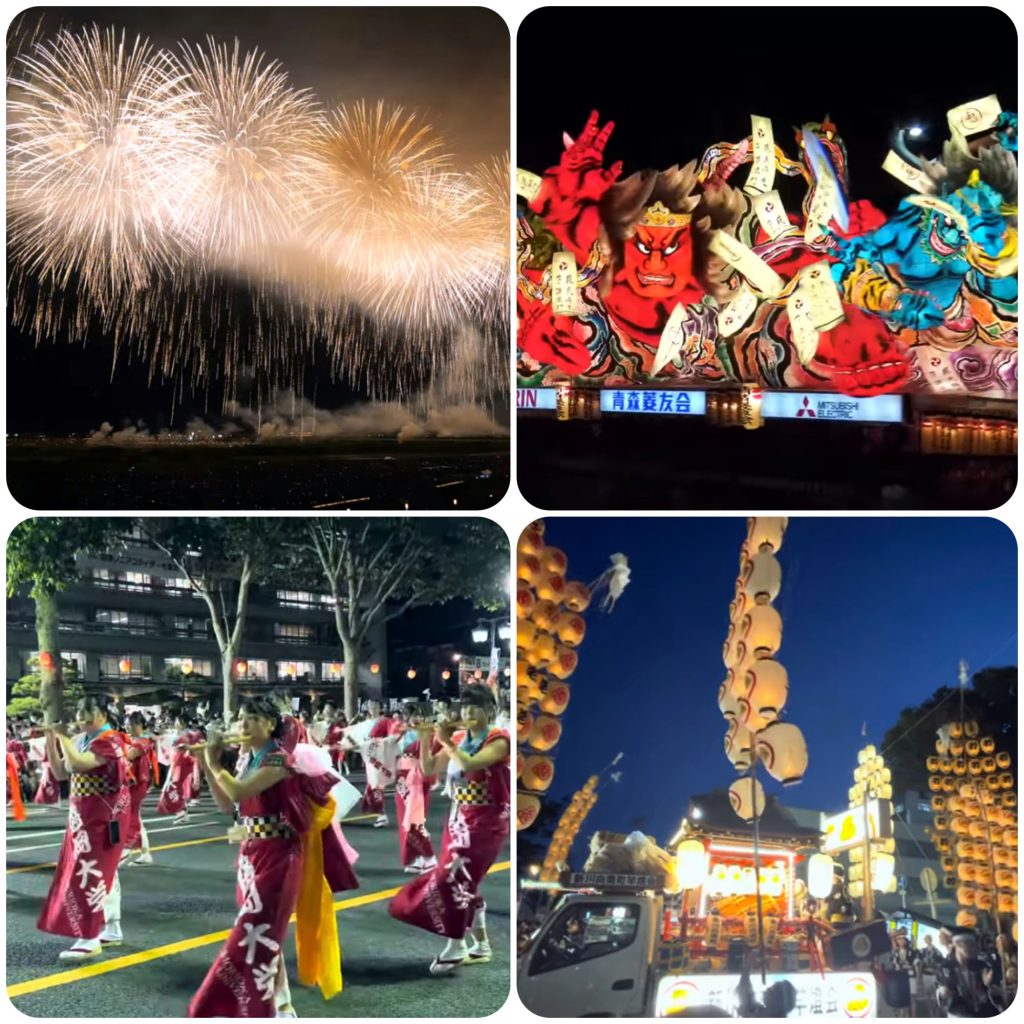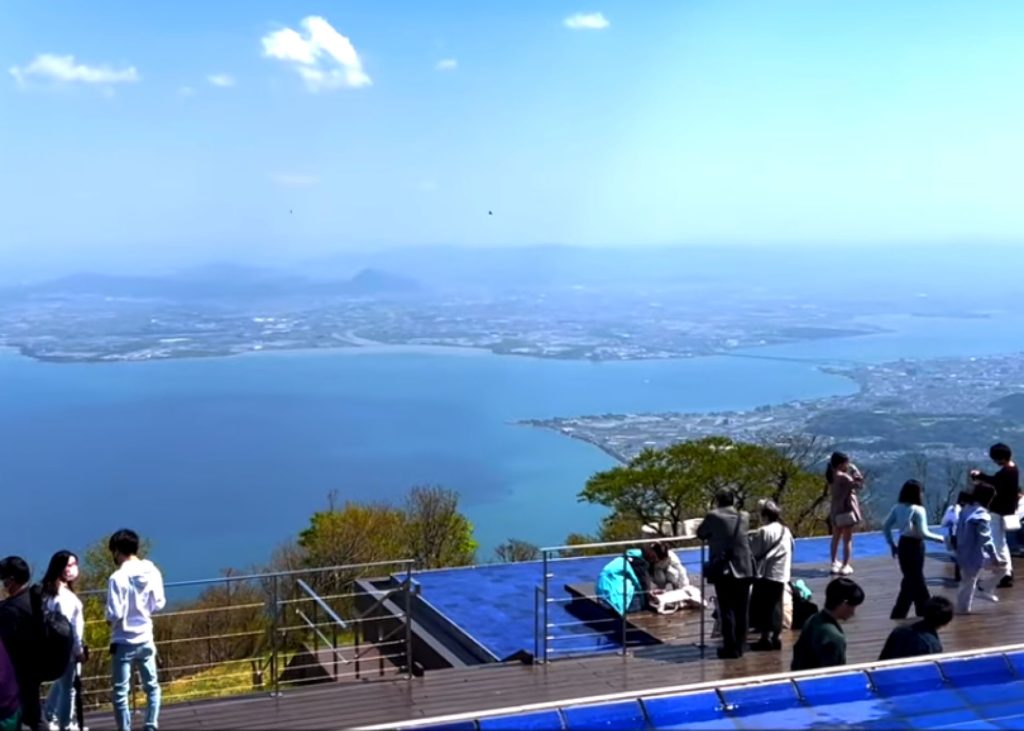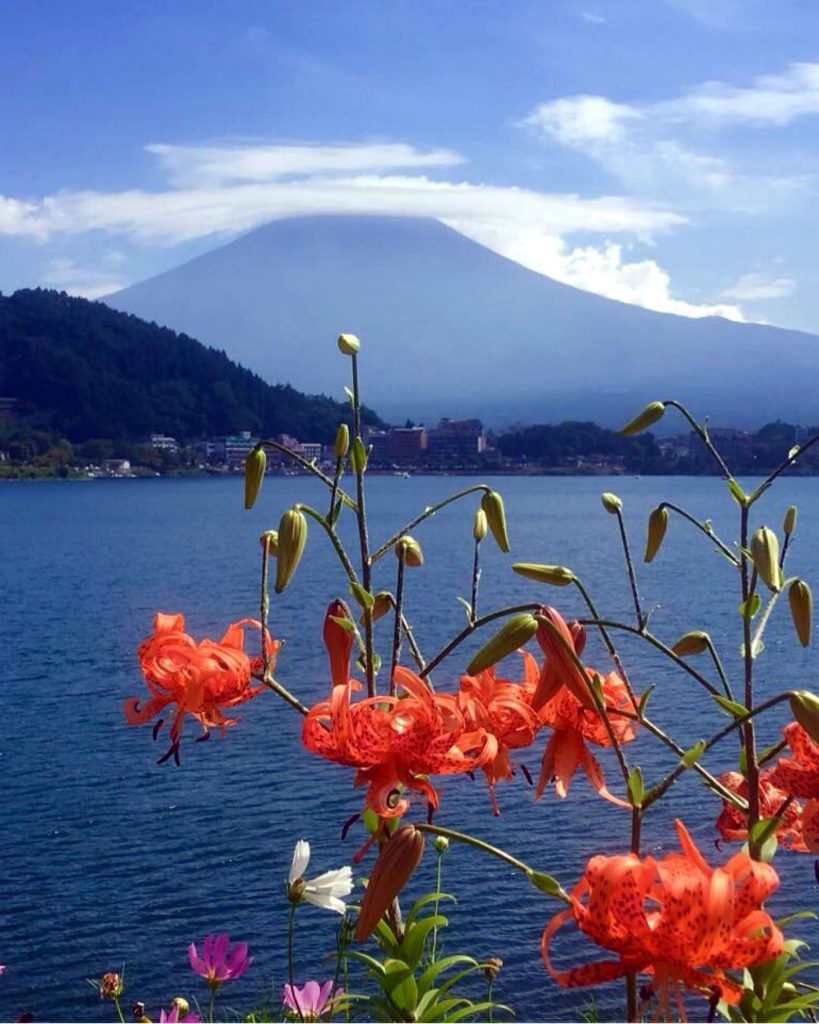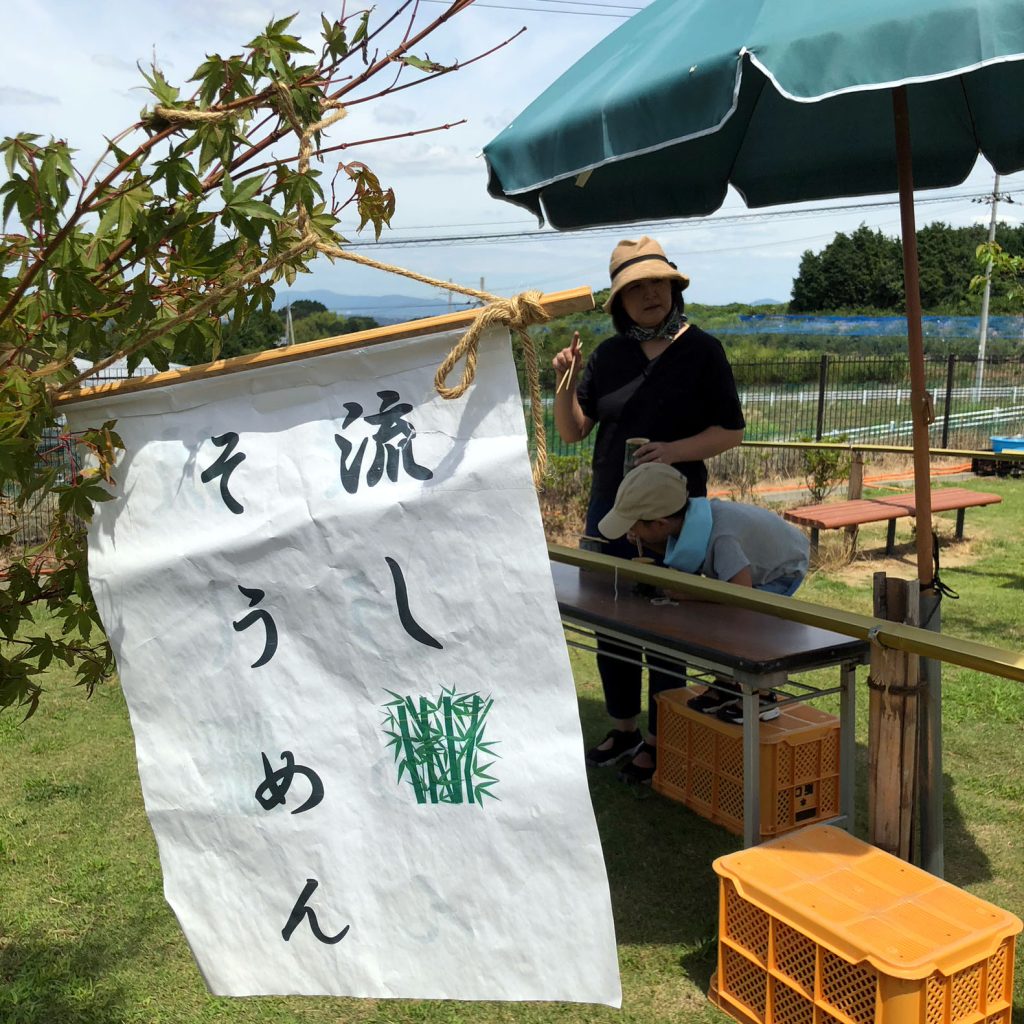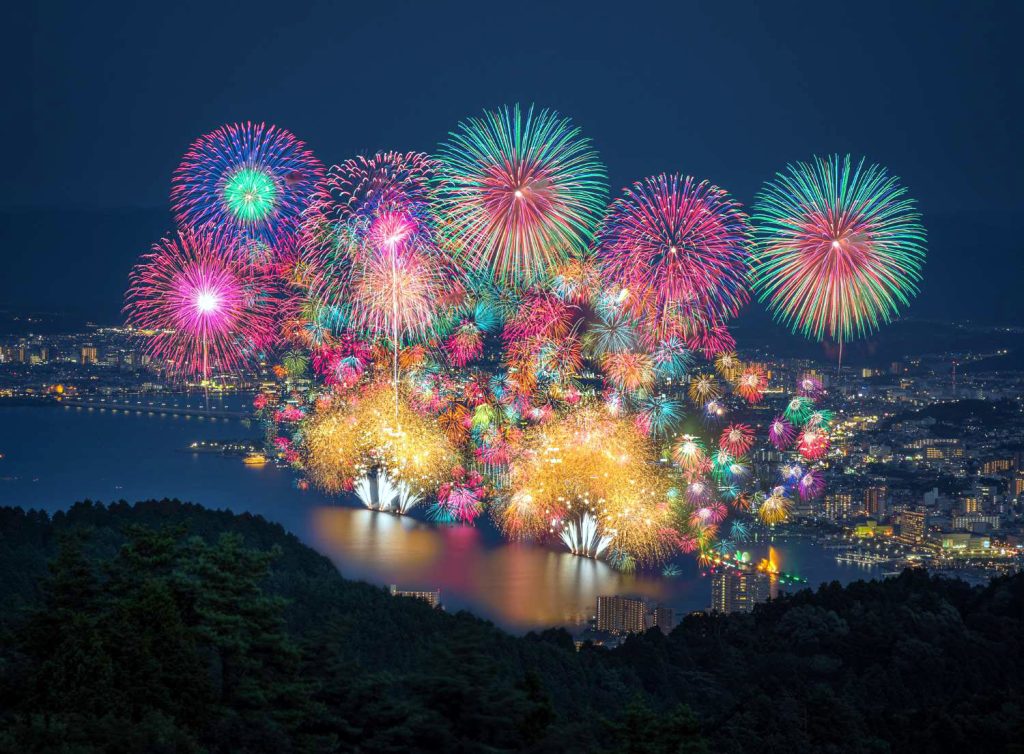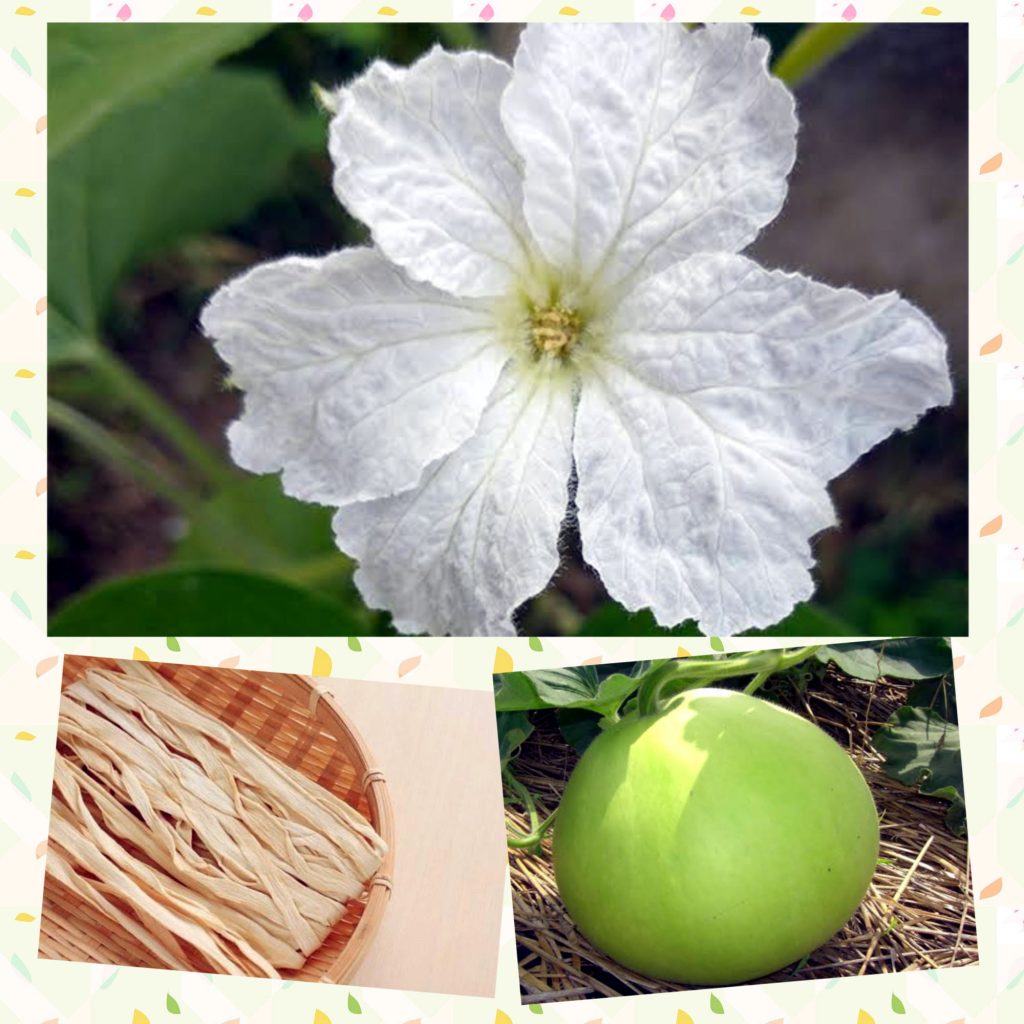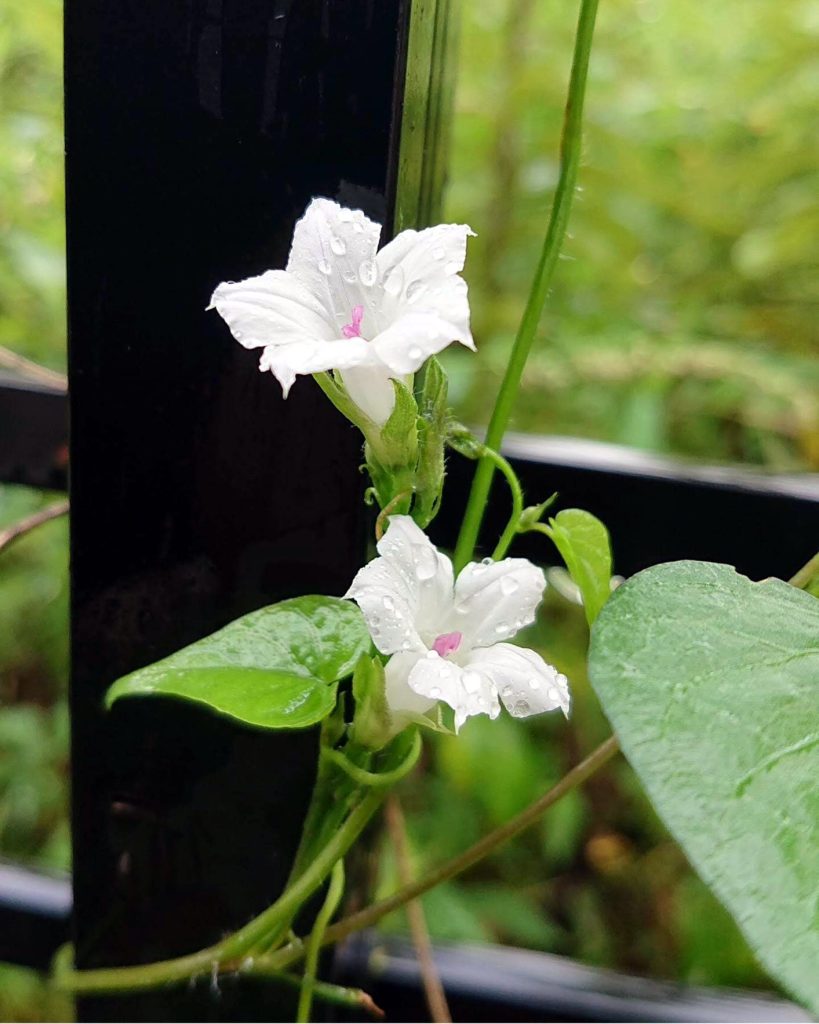
I took notice of two cute flowers blooming on the windowsill of a soba noodle shop, where I sought respite from the heat. Since I had never seen this type of flower before, I quickly took a photo with my smartphone and used Google Lens to search for it. The search result indicated it was a Mame Asagao (Morning Glory), also known as Ipomoea purpurea. It is native to North America and was reported to have naturalized near Tokyo around 1955, probably came in mixed with imported grain. Nowadays, it is quite commonly seen along roadsides in the Kanto region and beyond.
Although it is classified as a weed, echoing the words of Dr. Tomitaro Makino, “There are no plants named weeds,” the Mame Asagao right before my eyes is undoubtedly a decorative plant. Its flowers are about 2cm in size, blooming from early morning and withering before noon. However, due to its strong reproductive capability, it repeatedly flowers and bears fruit from spring to autumn, spreading rapidly if left unchecked. It particularly thrives in soybean fields and is considered an enemy even in its native land of America.
暑さ凌ぎに入ったお蕎麦屋さんの窓際に、可愛い二輪の花が咲いているのが目に留まりました。見たことがない花なので、早速スマホで写真を撮り、Google Lens で検索したら、マメアサガオとあります。北アメリカ原産で、1955年に東京近郊での帰化が報告されていますから、おそらく輸入穀物に混入して入ってきたのでしょう。現在では関東地方以西の道ばたなどにごく普通に見られるとのことです。分類では雑草ということですが、牧野富太郎博士の言葉を借りれば、「雑草という名の植物はない」の通り、今目の前にあるマメアサガオはまさしく観賞用植物です。花の大きさは2cmほどで、早朝から咲き出し、昼前までにはしぼんでしまいます。ただ、繁殖力が強いため、春~秋と長期にわたり開花・結実を繰り返すため、放置しておくとどんどん蔓延していきます。特に大豆畑に繁殖しやすく、原産地アメリカでも目の敵にされているそうです。

